
Before you go, check this out!
We have lots more on the site to show you. You've only seen one page. Check out this post which is one of the most popular of all time.
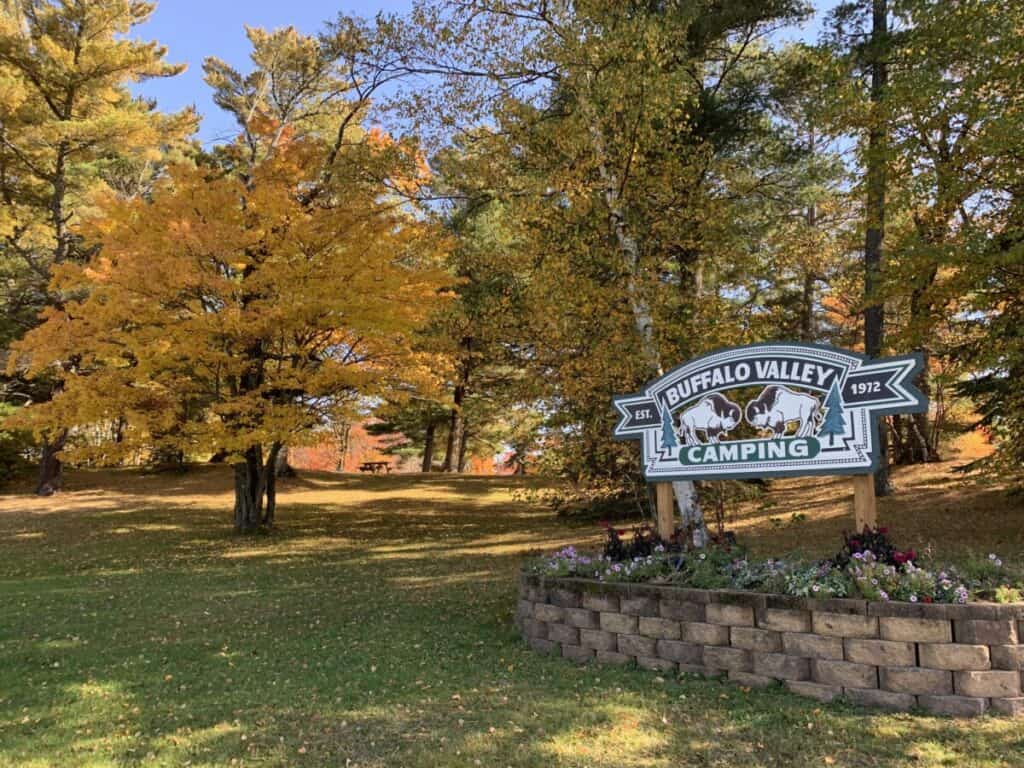
When we first decided to launch ourselves into a life of full-time travel, we were often confronted with the question, “How do you choose where to camp?” That was not an easy question to answer, at first. It is easier now because we identified items that influence a camper’s decision on where to camp.
A camper’s decision on where to camp is influenced by ten elements. They are:
RV LIFE Pro is the premier RV lifestyle suite that includes the #1 RV trip planning tool, RV LIFE Trip Wizard. It also includes a mobile RV GPS app, an RV LIFE Maintenance tracker, and RV lifestyle education with RV LIFE Masterclasses.

Click the banner above and improve your planning skills today!
We begin our planning process by identifying obligations, interests, and themes for our trip because they establish anchoring events that heavily influence other decisions. For example, we had tickets for a ferry trip from Key West to the Dry Tortugas National Park, so we were obligated to be in Key West for several days during early spring. That was tough. 😊
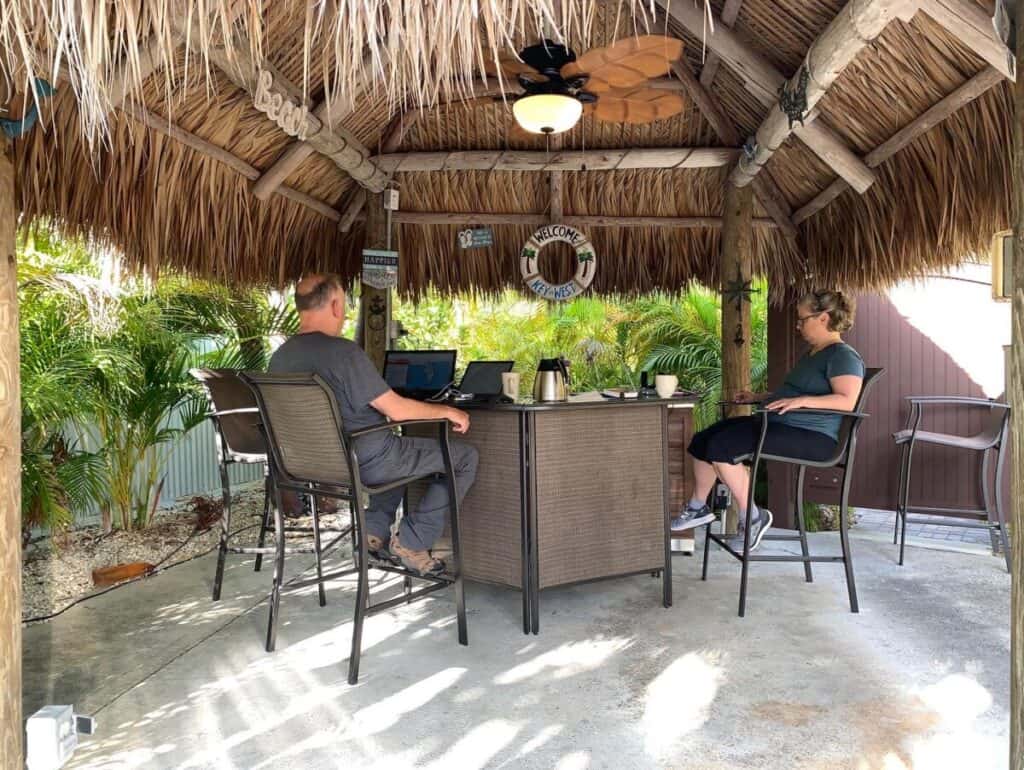
After Key West, we needed to loiter in the Tampa area for a week while awaiting delivery of our new Airstream. Following Tampa, we started toward Maine for a family wedding.
We were obligated to be in specific locations at specific times and those commitments set the foundation for the rest of our trip planning.
After identifying the obligations, we consider how the weather will influence our destination decisions.
Seasons and weather can set the mood for the trip and will influence our destination decision. There is a idyllic charm to chasing color from north to south during the fall, or enjoying a winter scene outside of the window.
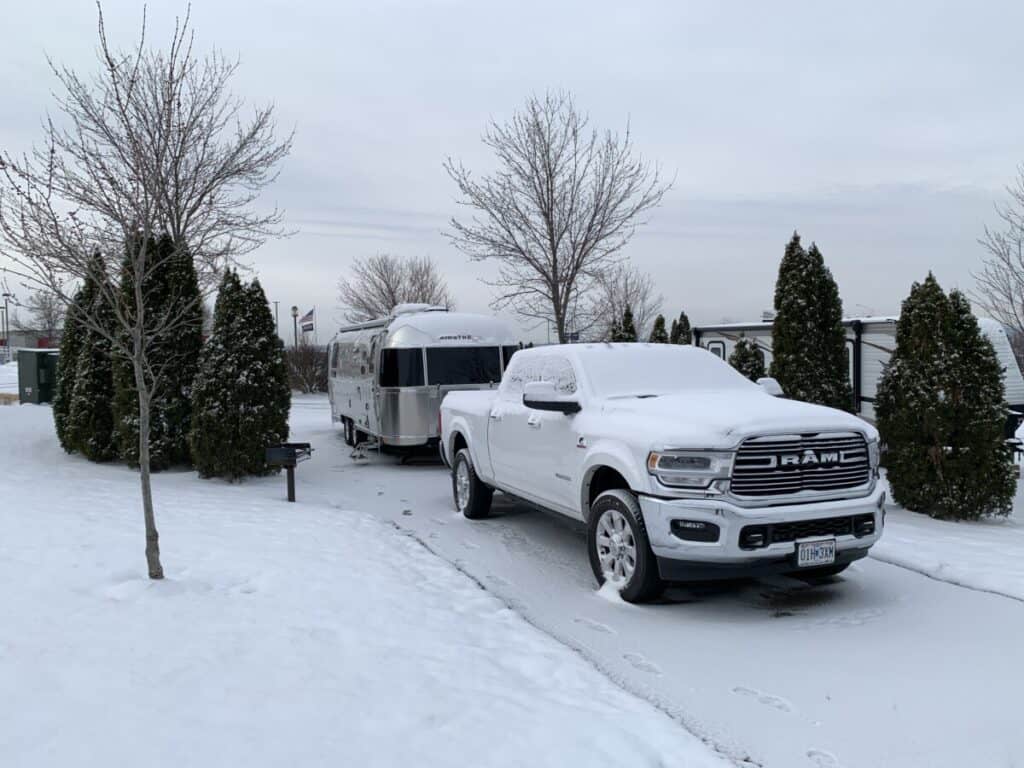
Choosing when to start our trip and the direction of travel informs our decision on what to take with us and directly affects the type of experiences that will evolve.
Weather research takes on a dual role: it ensures a comfortable and safe camping experience while enhancing our visual and sensory experiences.
As the year progresses, atmospheric conditions shift and researching historical averages and forecasted weather patterns affecting potential destinations helps us anticipate mother nature’s mood for the chosen time frame.
With shifting seasons at the front of mind, our destination options can be ruled in or out rather quickly.
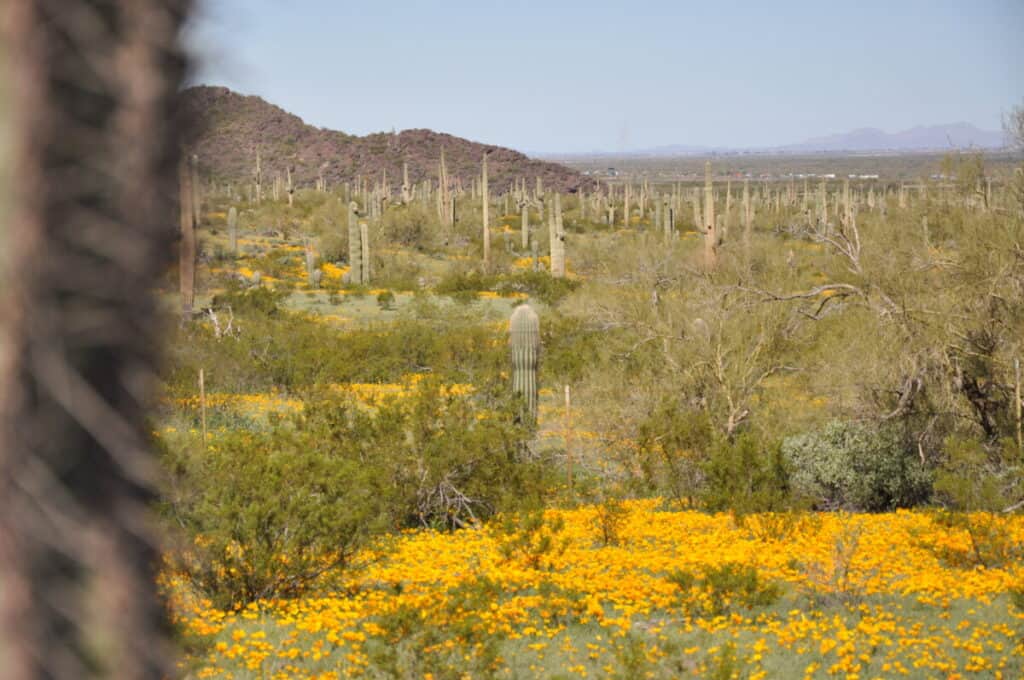
After reviewing the weather, the next consideration in our destination decision is the budget.
We evaluate our budget for the trip by looking first at campground fees. Campground fees can vary widely. Bureau of Land Management (BLM) and Harvest Hosts sites are usually free; basic sites at state, county, and city campgrounds will have fewer amenities but are relatively inexpensive. Upscale resorts in high demand locations such as Key West will be much more expensive.
The road trip of your dreams is just a click away. Harvest Hosts offers RVers unlimited access to farms, breweries, wineries, and attractions across North America. Your membership allows you to stay overnight at any of their 4000+ host locations and in return, they ask that you support your host’s business during your stay. It’s a great way to explore new places and try new things, we love it!
Click the link above to learn more!
Then, we factor in fuel costs. They are a steady presence in our budget and are influenced by elements like the the region we travel through, the distance to our destination, the chosen route, and our vehicle’s fuel efficiency.
Fuel tank size impacts our budget. I wrote an article on the advantages of a larger tank, which you can read here.
As we dig deeper into our budget, we consider meal and entertainment costs. Groceries, restaurants, supplies, and excursions are considered, then an allowance is made for expected spending.
The objective, of course, is to strike the right balance between our budget and experiences and when we have that balance, destination options come into sharper focus.
We choose destinations that are within a manageable travel distance to maximize our time at the destination. Trip Wizard is our primary tool for managing travel days. I wrote about that application and others in my toolbox. You can read about those tools here.
Proximity is a pragmatic consideration that acknowledges the value of time spent at our chosen destination rather than time spent on the road. Selecting a destination that’s not excessively distant allows us to make the most of the time we have available.
As an example, we chose to stay at Cherry Hill Park which advertises, “Premium Camping Near Washington, DC.” The train ride into Washington, D.C. from a station near the park was very quick so we spent much less time on the road and more time on the mall.

Travel time measures the hours spent en route and, by extension, sets the tempo of our adventure. Long days on the road will make the trip feel rushed and will limit the amount of time we have available to enjoy the experiences available at our destination.
Managing the pace of travel is why we – like so many other travelers – use the 2-2-2 or 3-3-3 RV travel rule in our planning.
What is the 2-2-2 or 3-3-3 RV Travel Rule?
The RV travel 2-2-2 rule means traveling 200 miles, arriving by 2:00 pm, and staying for two nights. The 3-3-3 rule is a tweak, signifying a 300-mile journey, 3:00 pm arrival, and a 3-night stay. The rule is used to reduce travel fatigue and enhance traveler safety.
Ultimately, balancing proximity and travel time will allow us to decompress and make the most of our leisure time.
After narrowing down our options based on proximity and travel time, we identify interests and preferences for the type of experiences we want during our trip.
We look for local events, festivals, or special happenings during our travel dates and within the general area that we are considering.
Discovering local events and festivals is one of the exciting outcomes of our planning process. They are hidden gems in the overall experience and we have of lots of smile-worthy memories because we found them.
Some of our favorite excursions include a tamale making class from a local culinary college in Santa Fe, NM and historical reenactments like a cannon firing exhibition in Pittsburgh that opened a window into our nation’s past.
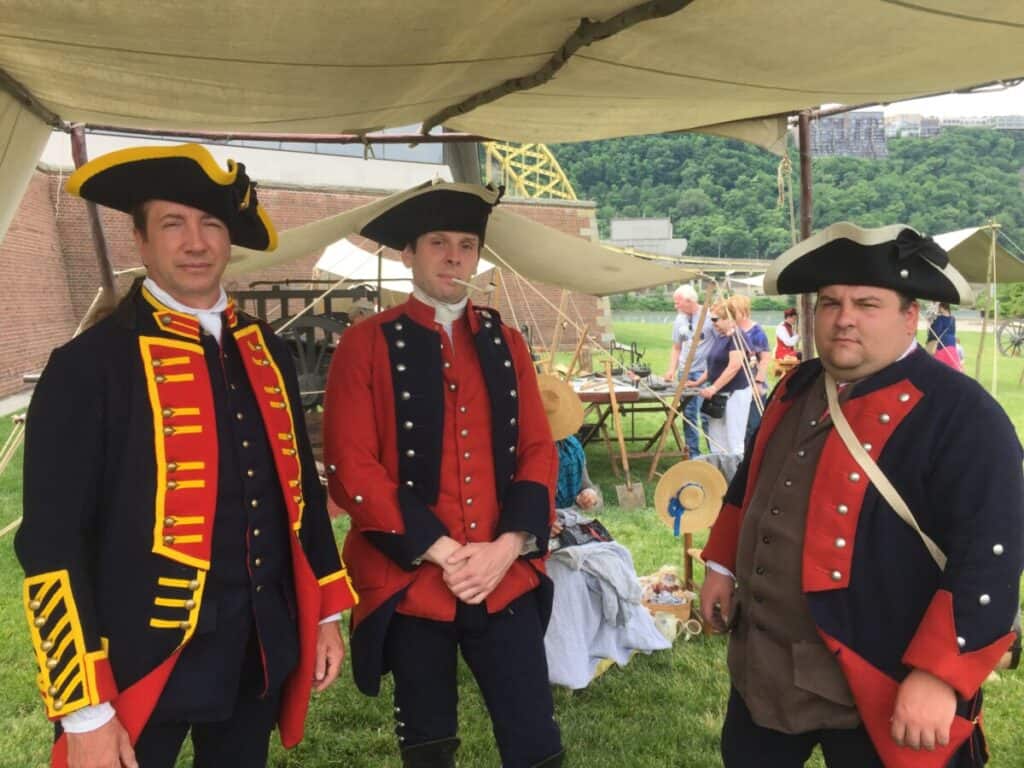
Whether something appeals to us, or we identify something to avoid, our destination choices become clearer. Now, it’s time for us to consider campground amenities and availability.
Campground Amenities and Availability
We research campgrounds in the areas we are considering and evaluate their amenities, if we want any at all. Amenities can vary widely based on the campground’s location, size, and level of development. What amenities are available at campgrounds?
Common amenities offered at RV campgrounds include but are not limited to:
These are just some of the amenities offered by a campground and they can significantly influence the experience we are looking for in our trip.
Amenities or the absence of amenities will inform our destination decision. But amenities do not matter if there is no room at the inn.
One of our destination decisions was made after finding that there was no availability in Tampa. We had to look farther out and wound up in Fort Meyers. That worked out for us because Fort Meyers offered activities and attractions that we looked forward to.
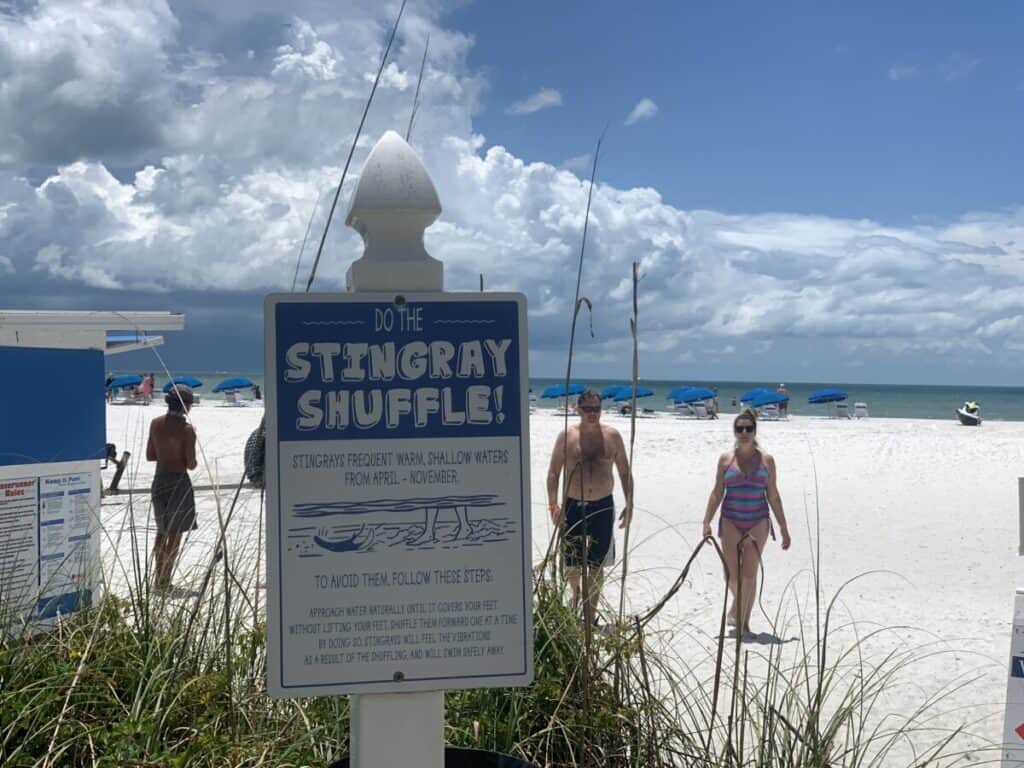
Activities and attractions at a particular destination will influence our decision on where to go. As an example, my wife and I like to visit National Parks and that drove one of our decisions to route through Florida to visit the Dry Tortugas, Everglades, and Biscayne National Parks.
On another trip, we planned to visit the attractions at Sequoia, Kings Canyon, and Yosemite National Parks in California. We had to cancel those destinations en route because snow melt and atmospheric rivers flooded the area. Roads were damaged, some were impassable because of the snow, and the parks were closed. So, we decided to adjust our plans and head through the redwoods to another one of our favorite California attractions, wine country.

We found some availability at the Sonoma County Fairgrounds and enjoyed activity that included a visit to Muir Woods and Point Reyes National Park, but centered on a brewery tour and wine tastings at several wineries in Napa and Sonoma Counties.
Those activities drove our decision to look for RV parks north of San Francisco and closer to the Pacific coast. Once we narrowed down some of the parks, we looked at reviews and recommendations.
Reviews from fellow travelers who have visited the destinations we are considering will help narrow down our choices.
We tend to shy away from campgrounds with a number of poor reviews and from campgrounds with unreliable internet because connectivity is a must-have for us. I wrote an article about why connectivity is becoming the fourth necessity for campers and you can read that article here.
Once we have a destination in mind, the next decision is which route we will take to get there.
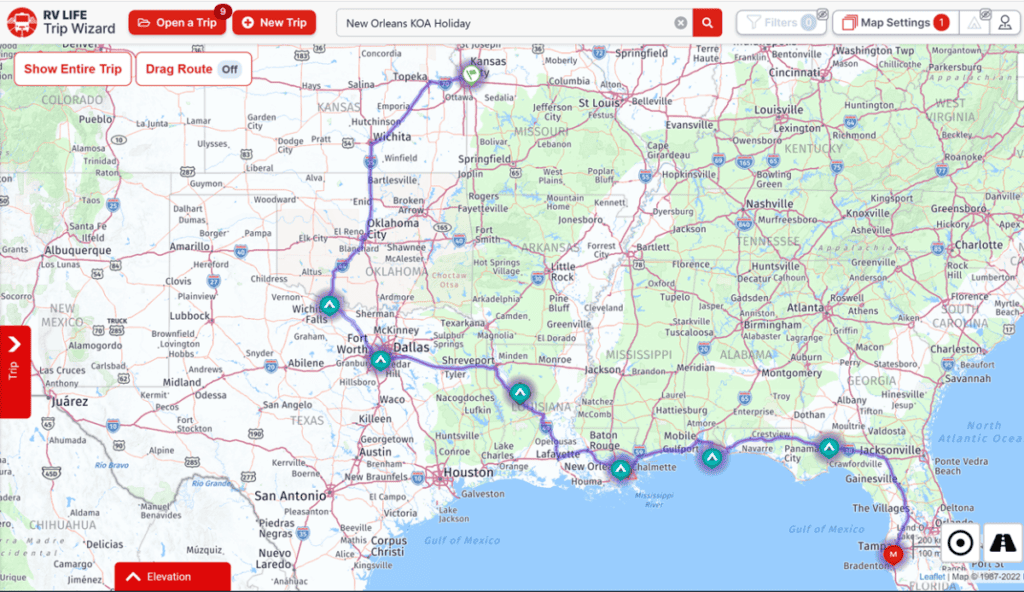
The destination, seasons, and weather will inform our decision on a route.
We call one of our earlier trips the “western loop tour” because we left Kansas City, Missouri for a couple of National Parks and monuments in the west.
A major winter storm was moving through the area, and we needed to decide whether to head north first, or head west. That trip and decision is described in one of my first articles called Preparing for a Trip that you can read here. Weather is not the only consideration in route planning.
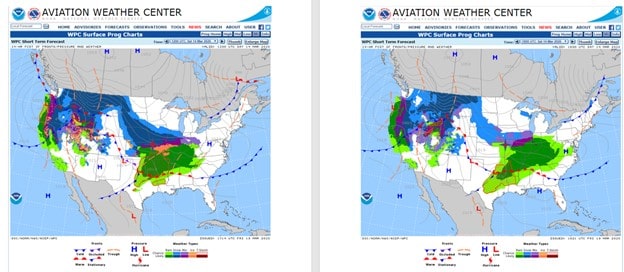
If we can build in a little extra travel time, we use our imagination and another software tool, Roadtrippers, to make the route interesting. If our plan allows for flexibility, we plan a route to the destination that includes scenic and interesting stops.
Roadtrippers shows eclectic and quirky attractions that can give us a little travel break while also giving us an opportunity to take pictures, make memories, and develop a story to tell.
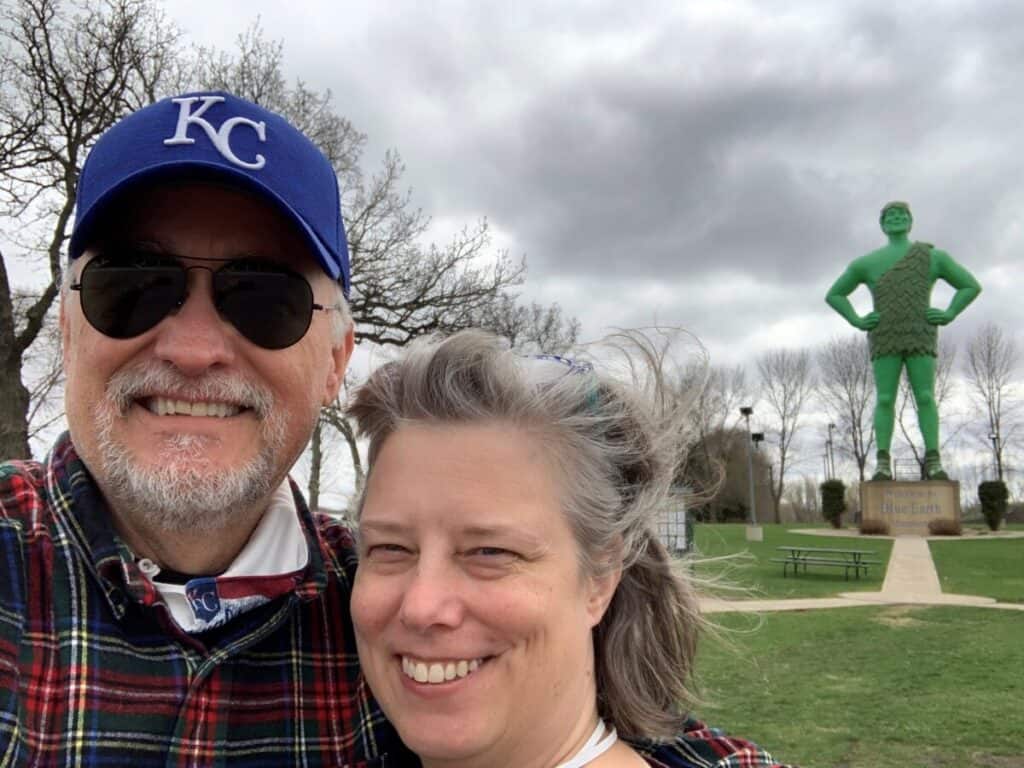
It isn’t all about the destination, the journey is important as well.
Add interesting stops to your trip by clicking the banner above and use offer code BTR5QTP for $5 off!
Where we stay, how long we stay, and our route will be influenced by availability. We decide on the duration at each location and allow some flexibility for unexpected events.
Unless we plan far in advance, it may be difficult to reserve a campsite for the number of days we want. Sometimes, the weeks are available, and the weekends are not.
So, when choosing a place to camp, we need to be flexible and open to places that we didn’t expect.
There are ten elements to consider when deciding on where to camp. They are obligations, interests, and themes, season and weather, budget, proximity and travel time, local events, campground amenities and availability, reviews and recommendations, route, and duration and flexibility.
The order those elements are listed in above are foundational – they are a good start. By following this suggested order or adjusting the order to fit our priorities, we can systematically narrow down our options and make a well-informed decision for a rewarding camping trip.
I hope that this article helps with planning your next camping trip. Hope to see you down the road!
NomadicNeighborhood is a participant in the Amazon Services LLC Associates Program, an affiliate advertising program designed to provide a means for sites to earn advertising fees by advertising and linking to Amazon.com. We also participate in other affiliate programs which compensate us for referring traffic.
How to Empty a Composting Toilet: Legal considerations and more
Composting toilets divert liquid and solid waste into separate tanks, and each must be emptied independently. Liquid waste is dumped into dump stations, vault toilets, or flush toilets. Solid...
Empty a Black Tank: 16 Steps That Include a Test and Preconditioning
[wpcode id="2133"] When I first started RVing, it took me close to an hour to empty the black and gray tank. I was learning and didn’t want to make a mess, so I took my time. As I gained more...